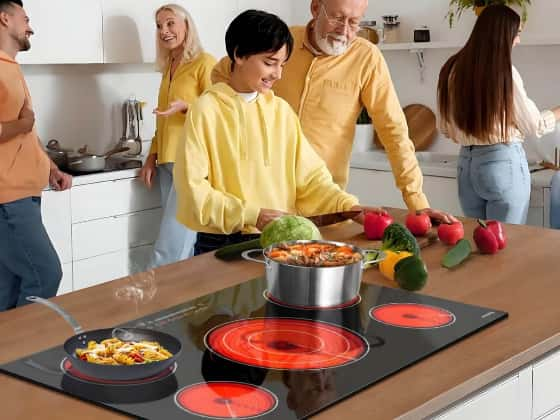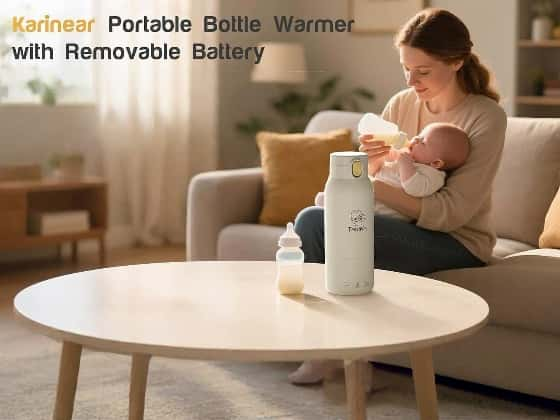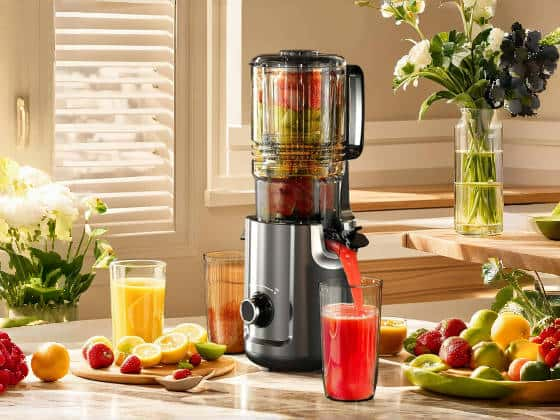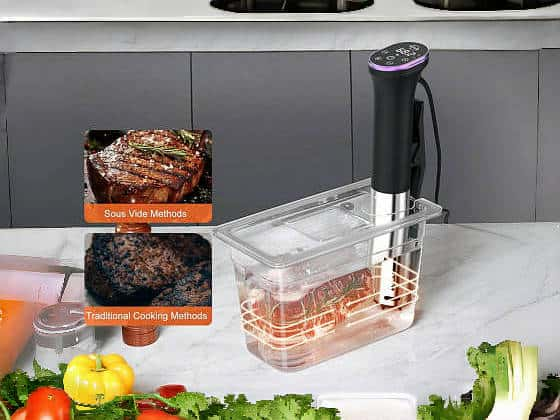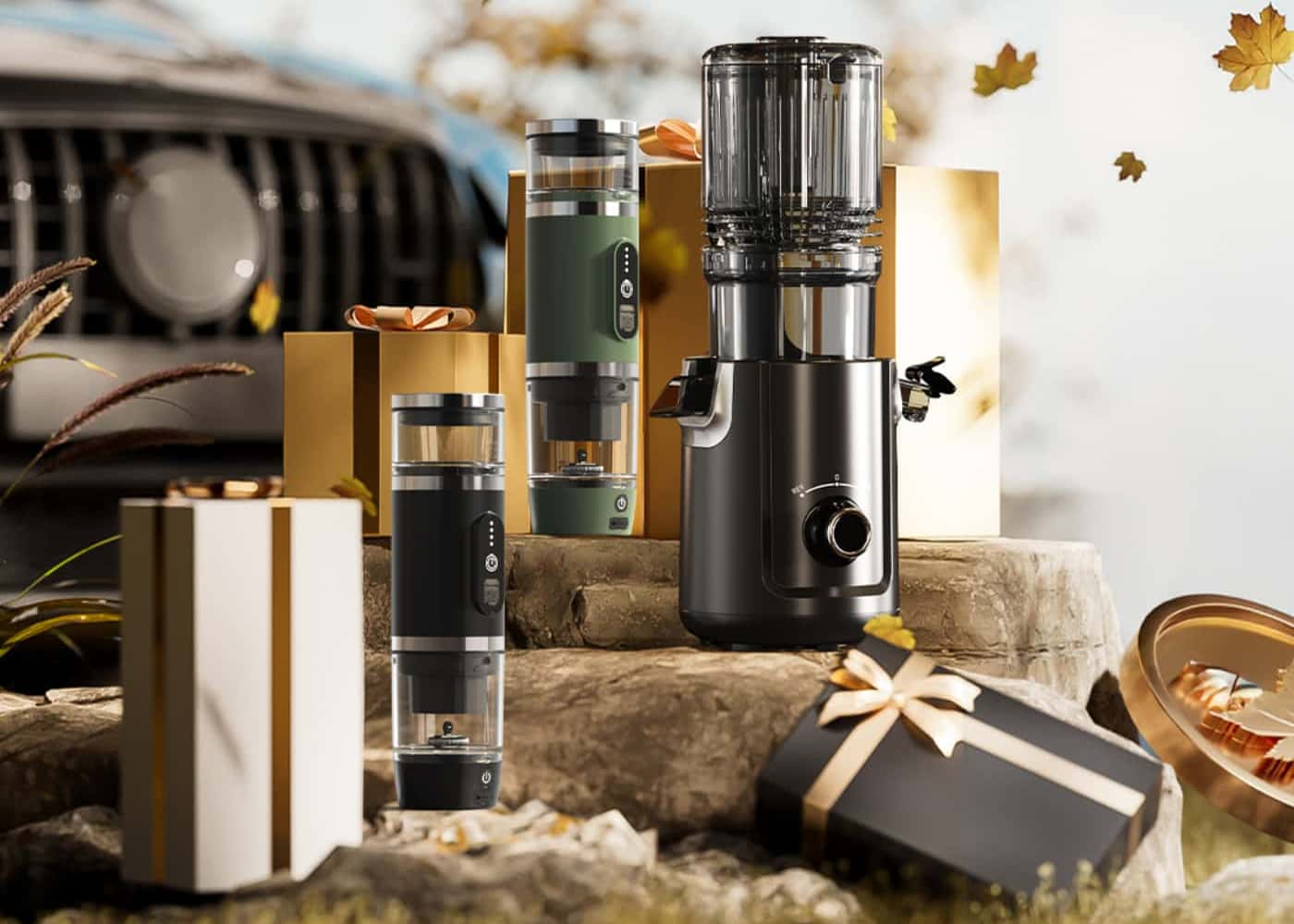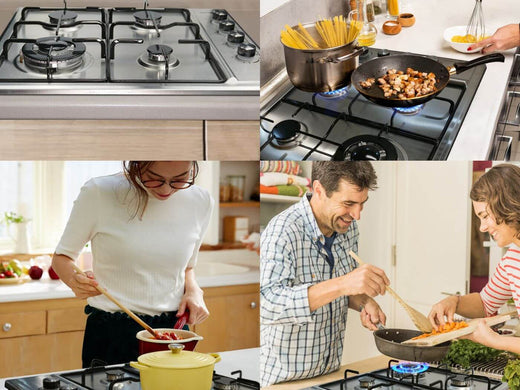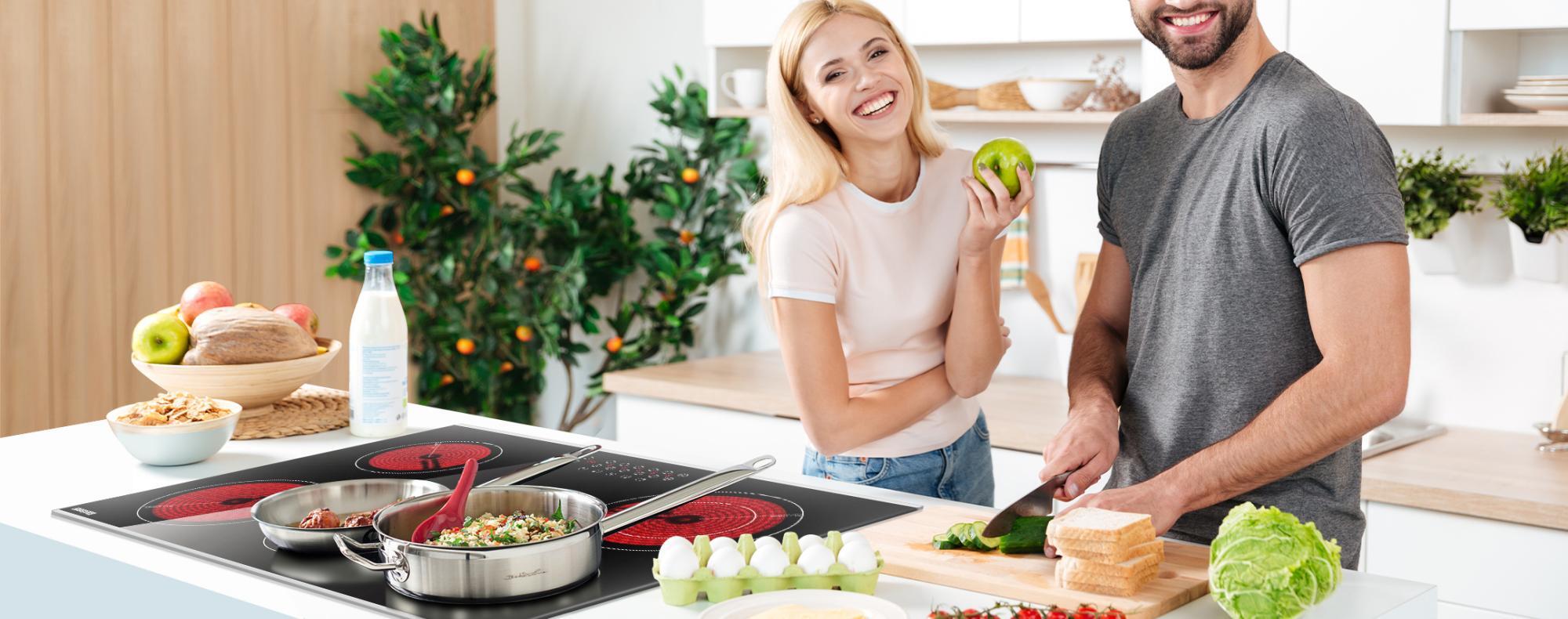
This guide will explore the key differences between gas cooktops and gas ranges, helping you weigh factors like available space, ventilation needs, and cooking preferences
Cooktop Definition and Features
Gas cooktops offer versatility and customization for those who already have a separate oven or desire flexibility in their kitchen layout. They provide an all-in-one solution with a cooktop and oven combined. You can customize your cooking experience with different cooking zones, heating options (induction, electric, or gas), and various styles and designs.
Gas cooktops come in various sizes to suit your kitchen needs:
- 12 inches
- 24 inches
- 30 inches
- 36 inches
- 48 inches
Modern gas cooktops typically offer:
- High-performance burners
- Safety features like automatic ignition, flame failure detection, and gas leak sensors
- Durable construction
- Innovative design and controls
While gas stoves were first developed in the 1820s, they became a commercial success in the 1880s. Early gas stoves were unwieldy, but today's models use two basic types of ignition sources: standing pilot and electric. Cooktop designs have also evolved, with innovative changes like a lattice structure, a central fifth burner, or an integrated griddle. However, it's important to note that gas stoves can contribute to indoor air pollution and expose users to pollutants like nitrogen dioxide, which can trigger respiratory diseases and increase asthma rates in children.
Range Definition and Features
Unlike cooktops,gas range are ideal for baking, roasting, and preparing a wide range of dishes regularly . They offer precise temperature control, allowing you to cook over a real flame for immediate, adjustable heat and faster water boiling compared to standard electric burners.Gas ranges infuse a smoky flavor into recipes and remain functional during power outages, providing an advantage over electric models.
However, gas range come with their own set of considerations:
- Installation costs: They require a gas line, an electric outlet, and the installation of a hood vent for maximum functionality and safety.
- Inconsistent heat settings: Maintaining consistent heat levels can be challenging with gas burners.
- Cleaning difficulties: Gas ranges can be harder to clean due to the open flame and grates.
- Uneven heating in ovens: Gas ovens may experience uneven heat distribution compared to electric ovens.
Ranges typically come in standard sizes, while cooktops offer more flexibility in terms of installation configurations. Ranges are generally more expensive than cooktops due to the inclusion of an oven. Dual fuel ranges, featuring gas cooktops and electric ovens, provide the best of both worlds - the precise heat control of gas for cooking and the even heat distribution of electric ovens for baking.
| Gas Range Types | Description |
|---|---|
| Freestanding | A standalone unit that can be placed anywhere in the kitchen. |
| Slide-in | Designed to fit seamlessly between cabinets for a built-in look. |
| Gas or Electric | Available in both gas and electric models for the oven and cooktop. |
A gas range combines an oven and a stovetop/cooktop, using gas fuel for cooking and available in different sizes and styles. The oven is used for baking, roasting, and broiling, while the stovetop/cooktop is used for boiling, searing, and sautéing. For those who prefer gas for cooking but desire the even heat distribution of electric ovens, a wall oven (built-in oven installed in the wall) can be paired with a gas cooktop.

Factors to Consider
When choosing between a gas cooktop and a gas range, several factors come into play, including personal preference, cookware compatibility, energy efficiency, and kitchen layout. Induction cooktops offer efficiency, safety, and cost-effectiveness, making them a preferred choice in some regions. They are recommended for being cleaner looking and easier to clean compared to gas cooktops. Users have reported that induction cooktops can boil water in 1 minute and provide even cooking with heat only on the bottom surface of the pan. Additionally, induction cooktops are considered safer than electric or gas alternatives.
On the other hand, gas cooktops provide better heat control than electric and are preferred for their cooking capabilities, especially for tasks like charring peppers and flambe. They are praised for their ability to provide better heat control and cooking capabilities, especially for gourmet kitchens. However, some users have reported issues with the reliability of induction cooktops, with complex hardware leading to common service issues.
When choosing a gas cooktop, consider the following factors:
- Number and Size of Burners: Based on the quantity of food prepared and cooking methods to improve cooking time.
- Material Quality and Warranty: Crucial for ensuring a long-lasting product.
- Ease of Cleaning: Some gas cooktops come with both attached and detachable parts for easy cleaning.
- Additional Features: Enjoy ergonomic knobs, a stable cooking surface, and efficient tri-pin burners for precise heat control.
- Cooking Habits and Needs: Number of burners, burner size and power, special features like griddle or simmer burner .
- Size and Space Available: Ensure the stove fits in the given space.
- Budget: Determine your budget and explore appliances that match it .
| Factor | Consideration |
|---|---|
| Cooking Style | Guide your choice between a range and a cooktop. |
| Cooking Surface | Electric or gas. |
| Oven Capacity | Consider the required size. |
| Cooking Modes | Baking, roasting, broiling, etc.. |
| Kitchen Space | Measure the available space before making a choice. |
| Fuel Source | Gas, electric, or induction. |
| Brand Reputation | Choose reputable brands known for quality and durability. |
Ultimately, the range or cooktop chosen significantly influences the cooking experience, so it's essential to weigh all these factors carefully.
Conclusion
The choice between a gas cooktop and a gas range ultimately depends on your cooking preferences, kitchen layout, and lifestyle needs. While gas cooktops offer flexibility and customization, gas ranges provide a comprehensive cooking solution with an integrated oven. Carefully consider factors such as cooking style, available space, and ventilation requirements to make an informed decision that aligns with your culinary aspirations.
Regardless of your choice, proper installation and maintenance are crucial for ensuring safe and efficient operation. Follow manufacturer guidelines, hire licensed professionals, and stay vigilant with regular cleaning and servicing. By making the right selection and taking the necessary precautions, you can create a kitchen that not only looks great but also delivers an exceptional cooking experience for years to come.


